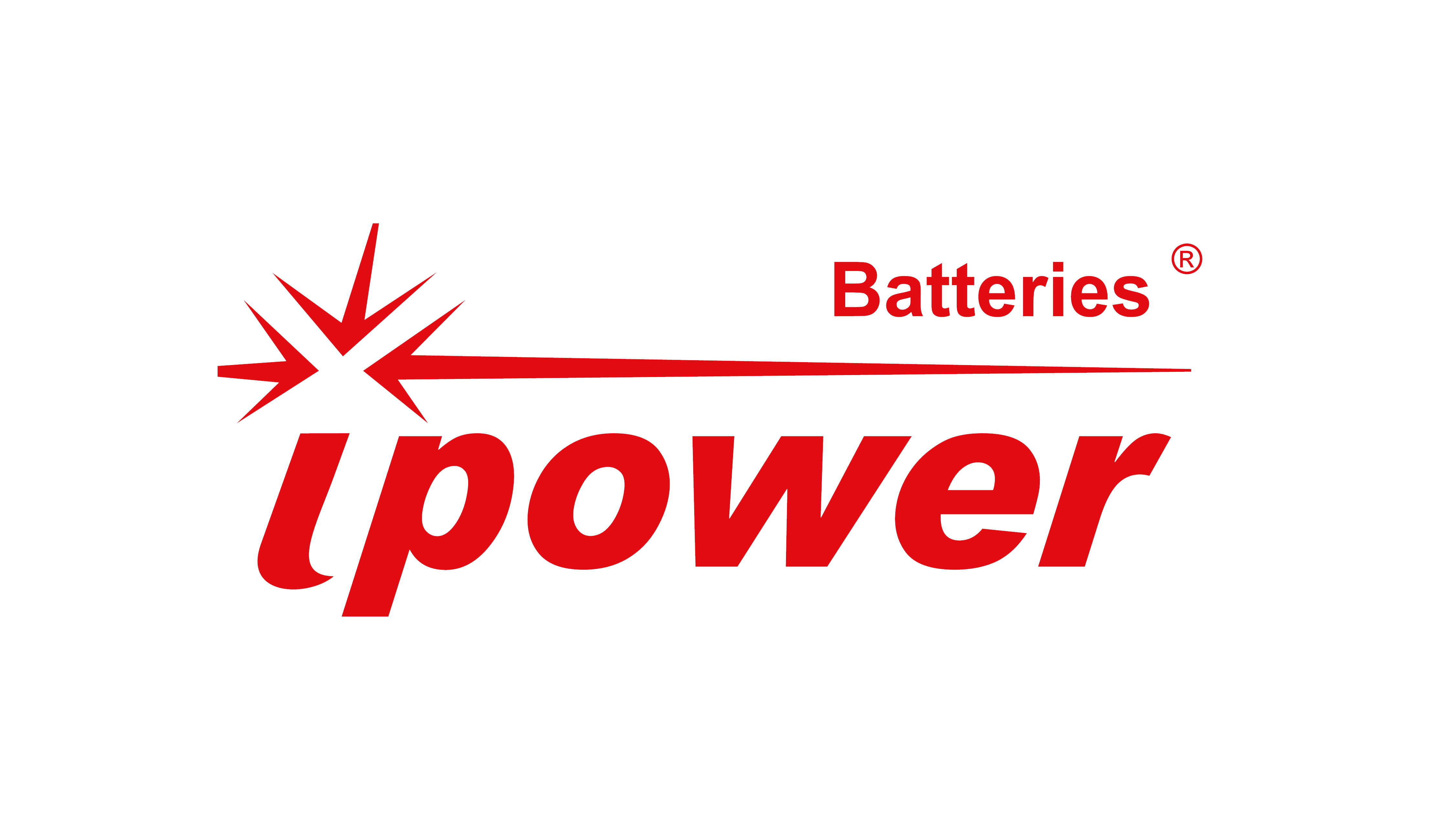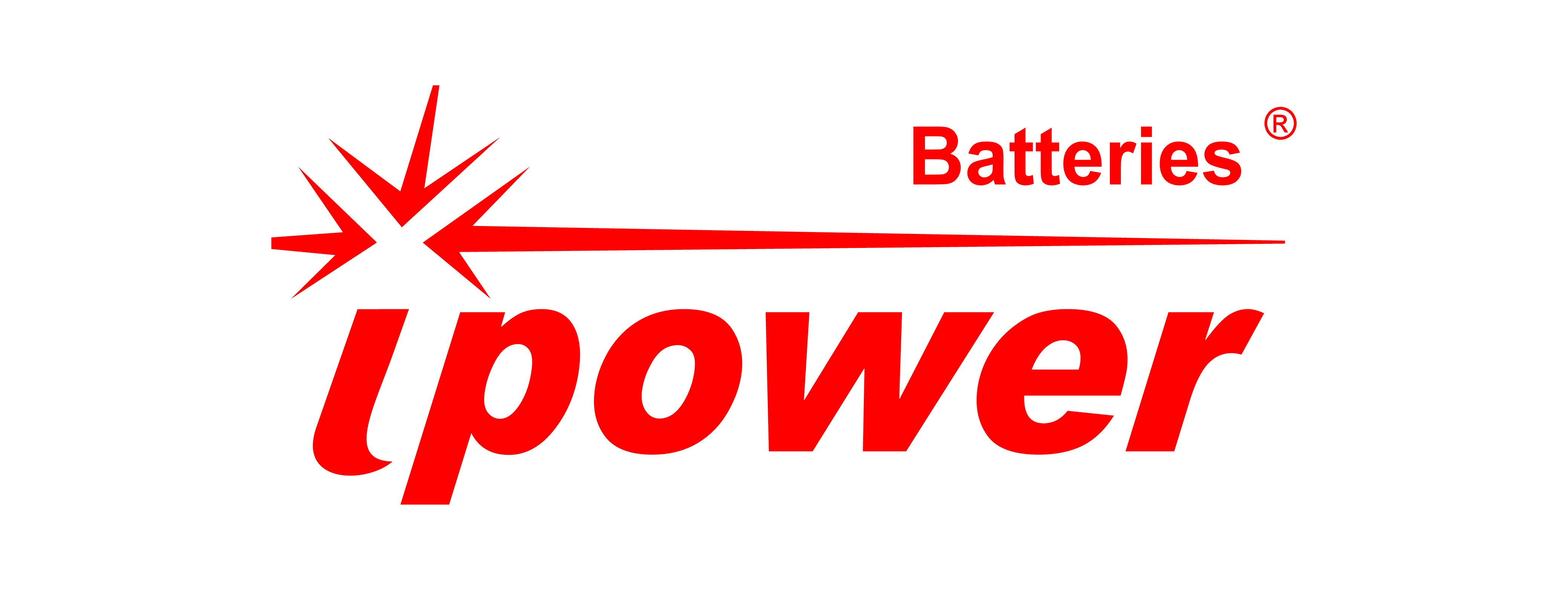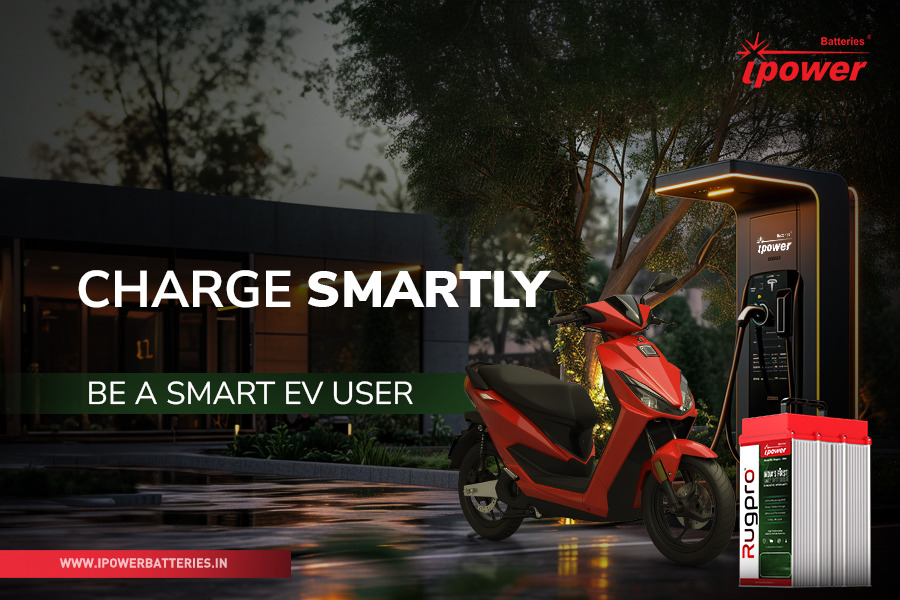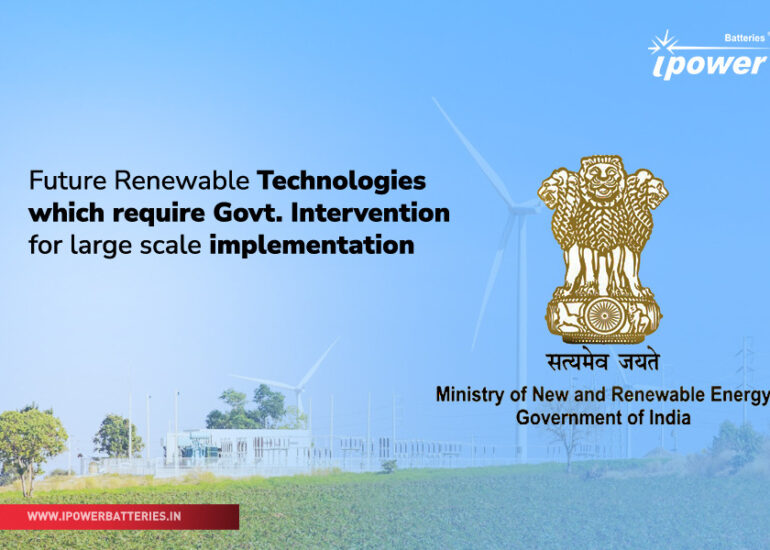Electric vehicles (EVs) are revolutionizing the transportation landscape, offering a sustainable alternative to traditional fuel-powered vehicles. As an EV owner in India, charging your vehicle efficiently is crucial to maximizing its benefits. This blog will guide you on how to charge your EV smartly, considering factors such as variable tariffs, high and low power load timings, and other essential tips.
Understanding Variable Tariffs in India
In India, electricity tariffs can vary based on the time of day. Understanding these variable tariffs can help you save money while charging your EV.
Here’s a breakdown:
Peak and Off-Peak Hours
Peak Hours: Typically from 6 PM to 10 PM, electricity demand is high, leading to higher tariffs. Avoid charging your EV during these hours to save on costs.
Off-Peak Hours: Generally from 10 PM to 6 AM, the electricity demand is lower, resulting in cheaper tariffs. This is the best time to charge your EV.
Real-Time Example
In Maharashtra, the Maharashtra State Electricity Distribution Co. Ltd (MSEDCL) offers Time-of-Day (ToD) tariffs. During peak hours, the tariff can be as high as ₹10 per kWh, whereas, during off-peak hours, it drops to around ₹4 per kWh. By charging your EV during off-peak hours, you can significantly reduce your electricity bill.
Utilizing High and Low Power Load Timings
Charging your EV during periods of low power load not only saves money but also reduces the strain on the grid. Here’s how you can manage it:
Low Power Load Timings: These are typically late at night or early morning. For instance, between 12 AM to 5 AM, the power load is low, making it an ideal time for EV charging.
High Power Load Timings: Avoid charging during high load periods, such as in the evening when household electricity consumption peaks.
Real-Time Example
In Delhi, the power load is highest during the evening when residents return home and use appliances like air conditioners, TVs, and lights. By shifting your EV charging to early morning hours, you can take advantage of the lower power load and reduce the risk of overloading the local grid.
Tips for Smart EV Charging
Being a smart EV user involves more than just timing your charges to coincide with off-peak hours. To maximize efficiency and cost savings, consider incorporating a few additional strategies into your routine.
Firstly, invest in a smart charger that allows you to schedule charging times. These advanced chargers can automatically start and stop charging based on your preferred schedule, ensuring that your vehicle charges during off-peak hours when electricity rates are lower. T
his not only saves money but also reduces the strain on the electrical grid during peak usage times.
In addition to home charging, take advantage of public charging stations. These stations, especially those equipped with fast charging capabilities, can be a convenient option for topping up your battery while on the go. However, it’s important to be mindful of the costs associated with public charging, as they can sometimes be higher than home charging during off-peak hours.
By planning your trips and charging needs, you can make the most of public charging infrastructure without incurring unnecessary expenses.
Furthermore, regularly monitor your charging habits and electricity usage. There are several apps available, such as Tata Power EZ Charge or Fortum Charge & Drive, that provide valuable insights into your charging patterns.
These apps can help you track your energy consumption, identify trends, and optimize your charging schedule to further enhance efficiency and cost-effectiveness. By staying informed about your charging habits, you can make adjustments that align with both your financial goals and environmental considerations.
By incorporating these tips into your EV charging routine, you can ensure that you are making the most of your vehicle’s capabilities while also contributing to a more sustainable and cost-efficient future.
Conclusion
Charging your EV smartly in India involves understanding variable tariffs, leveraging high and low power load timings, and utilizing smart charging technologies. By following these tips and examples, you can save money, reduce your carbon footprint, and contribute to a more sustainable future. Be a smart EV user and charge your vehicle efficiently!





